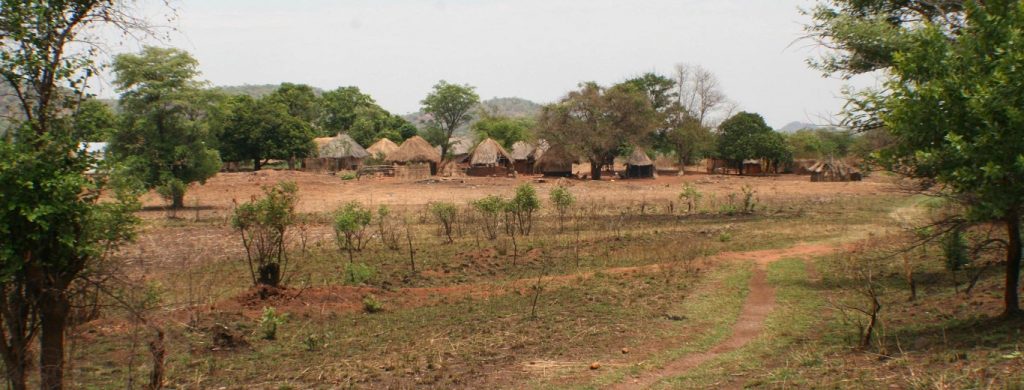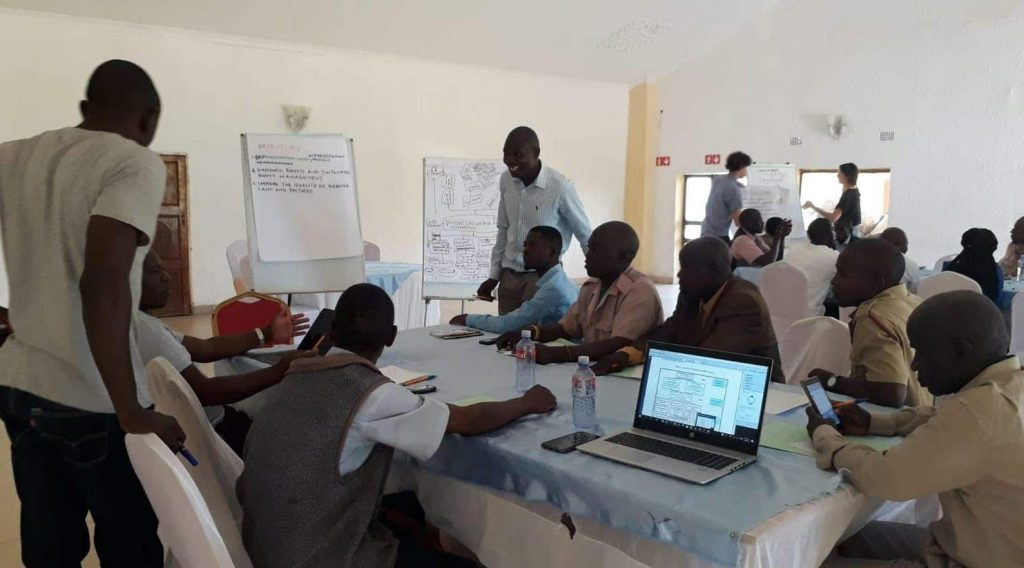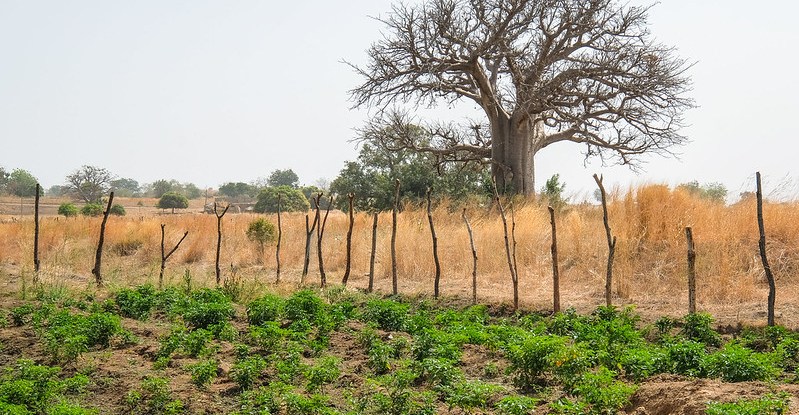
To understand the landscape approach, begin by stretching your mind wide to create space for a broad range of disciplines: some psychology, sociology, group dynamics, politics, governance, conflict resolution and even some economic theory.
You’ll also need to have a great deal of patience, because when it comes to the pace of implementing a landscape approach, it’s more in line with evolution than with revolution.
Basically, a landscape approach aims to reconcile competing objectives for allocating and managing land to achieve a ‘triple bottom line’ of sorts, including social, economic and environmental success. It carries massive potential to help achieve this balance in areas where use of land – for agriculture, livestock, mining and other forms of production – competes with environmental and biodiversity goals.
Because each landscape approach is based largely on context, it can look vastly different, taking on many forms as demanded by location. This makes it difficult to monitor and analyze, which might explain why neither has happened yet.
However, that’s about to change.
A team led by the Center for International Forestry Research (CIFOR) has begun work using landscape approaches in tropical countries including Indonesia, Zambia and likely soon Ghana. And a unique time element has been built into this program, dubbed Collaborating to Operationalize Landscape Approaches for Nature, Development and Sustainability (COLANDS).
Its five-year span is an unusually long period but one that will allow the team to think beyond typical project-cycle timelines. With this ample opportunity to monitor areas where the landscape approach is applied, the team can better understand what elements of a particular approach work, whether that approach is sustainable and whether it could be replicated.
CONNECTING STAKEHOLDERS
“The landscape approach helps to facilitate multi-stakeholder platforms where all of these different stakeholders and rights-holders get together and talk about their shared objectives, or where there might have to be tradeoffs,” explains Alida O’Connor, one of the six PhD candidates on the COLANDS team, which also includes CIFOR scientists, country experts and academics from the University of Amsterdam and the University of British Colombia.
After surveying a body of existing literature on landscape approaches, the team has begun work with partners on the ground, ranging from government agencies to NGOs to local communities.
Finding “synergies across different sectors,” as well as common ground among stakeholders is crucial to achieving multiple outcomes, says Freddie Siangulube, a team member and PhD candidate who is working in the Kalomo district of Zambia’s Southern Province.
“When we are looking at the landscape, we are not only looking at the biophysical aspect of it,” says Siangulube, who is particularly focused on understanding the formal and informal types of multi-stakeholder platforms in Kalomo. “We are looking also at the human habitat: how do humans interact with nature; how do humans utilize the very resources that they are trying to conserve?”
He says he expects to spend about 18 months in the area, which has a history of significant disagreements over natural resource use – including water – for farming, both small- and large-scale; livestock; and forestry.
For PhD candidate Augusta Anandi, who is on a scoping study in Indonesia’s West Kalimantan Province, a key issue is discovering whether landscape approaches can improve governance and conflict resolution in a particular area.
“I’m curious to see multi-level, multi-scale governance at work … and how different stakeholders – the community and government and the private sector – actually communicate with each other and how they can facilitate discussions of their issues, their problems,” says Anandi. “Will these communications be what the theories say, ideally, should happen? Or is it something different?”
DEVELOPING A MODEL FOR ELSEWHERE
By facilitating the implementation of landscape approaches, observing the response from stakeholders – particularly the people living and working in these landscapes – and reporting on the results, the COLANDS program aims to capture successful elements of the approach to help develop a scalable model for adoption elsewhere. At the same time, the team hopes its work will enhance stakeholder capacity in the target landscapes to better identify trade-offs and synergies.
Flexibility and adapting to shifting circumstances and priorities is fundamental to the landscape approach – and an important element of the program, says O’Connor. “We must be aware that something might be a success for a year or two, but then things change… things will always be changing and evolving.”
Yet no matter the program outcome, the COLANDS team says there will be value in its findings, building the evidence for whether particular landscape approaches succeed or not. As James Reed, project leader and CIFOR scientist, and Terry Sunderland, professor at the University of British Columbia and a CIFOR senior associate, wrote in an article for Forest News: “We hope that both the positive and negative outcomes that emerge (from COLANDS) will contribute to our understanding of the conditions under which landscape approaches can develop and therefore inform future evidence-based research, policy and practice agendas.”
And, as Siangulube wonders, “What lessons can we learn, and how can we do this better?”





